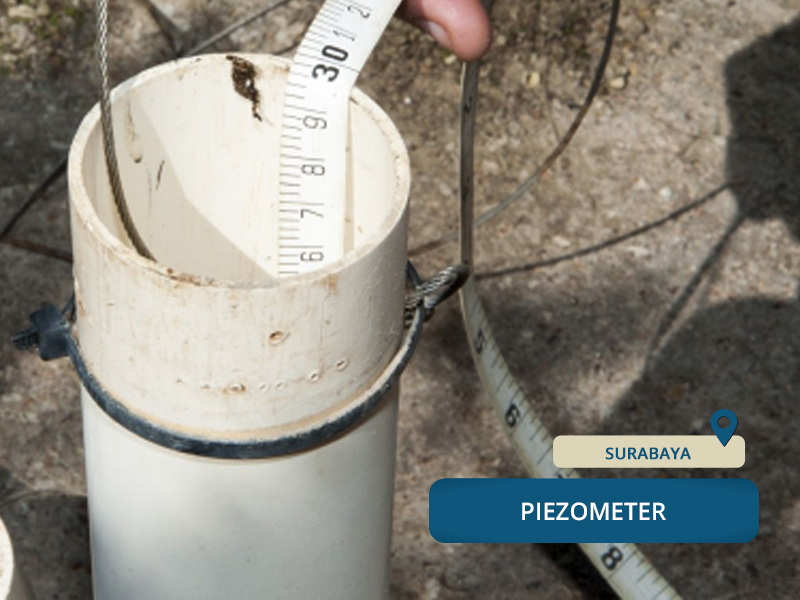
Geotes Regio Inti was established to provide independent, dependable, and professional testing and monitoring services related to substructures. Monitoring and testing of substructures during and post-construction are required as quality assurance.
In general, the tests consist of the bearing capacity of the foundation, the integrity of the pile foundation, deformation of the retaining structure, settlement of embankment, excess pore water development, etc.















If you have any construction work needs, please call us.
+62897-9252-223 or Contact Us
© Geotes. All rights reserved.